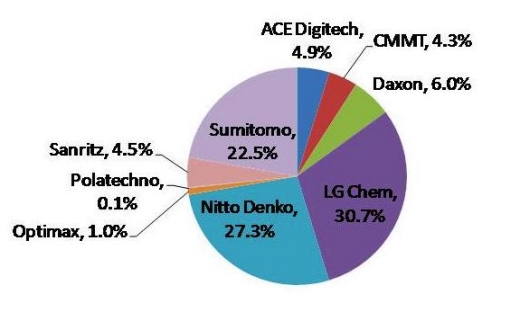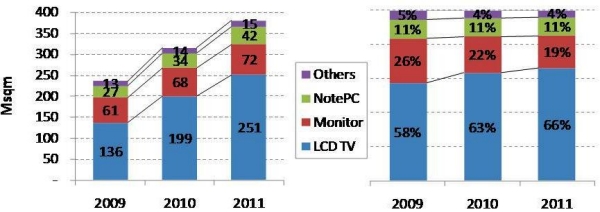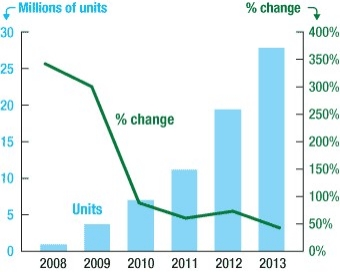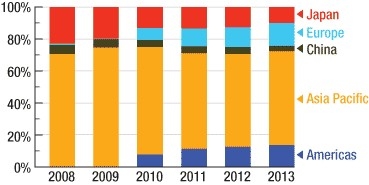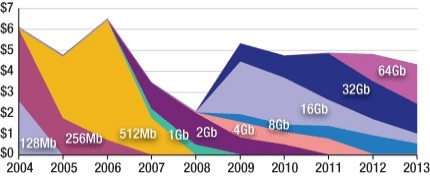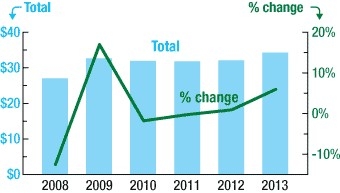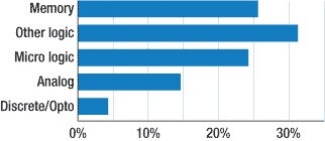March 11, 2011 — Oxford Nanopore Technologies Ltd signed an exclusive agreement with Harvard University’s Office of Technology Development for the development of graphene for DNA sequencing. Under the terms of the agreement, Oxford Nanopore has exclusive rights to develop and commercialize methods for the use of graphene for the analysis of DNA and RNA, developed in the Harvard laboratories of Professors Jene Golovchenko, Daniel Branton, and Charles Lieber.
Graphene is a single-atom thick lattice of carbon with high electrical conductivity. These properties make it an ideal material for high resolution, nanopore-based sequencing of single DNA molecules.
The agreement adds to an existing collaboration between Oxford Nanopore and Harvard that spans basic methods of nanopore sensing through to the use of solid-state nanopores. Oxford Nanopore will also continue to support fundamental nanopore research at Harvard.
Dr Gordon Sanghera, CEO of Oxford Nanopore Technologies, explained that the "groundbreaking research at Harvard lays the foundation for the development of a novel solid-state DNA sequencing device."
"Oxford Nanopore is probably best known for protein nanopores,” continued Dr Sanghera. "However, today’s agreement highlights that we are increasing our investment in solid-state nanopores by adding graphene to our existing portfolio of solid-state nanopore projects and collaborations."
The Harvard team and collaborators used graphene to separate two chambers containing ionic solutions, and created a hole — a nanopore — in the graphene. The group demonstrated that the graphene nanopore could be used as a trans-electrode, measuring a current flowing through the nanopore between two chambers. The trans-electrode was used to measure variations in the current as a single molecule of DNA was passed through the nanopore. This resulted in a characteristic electrical signal that reflected the size and conformation of the DNA molecule. The work was presented in a 2010 Nature publication (S. Garaj et al, Nature Vol 467,doi:10.1038/nature09379).
Graphene is believed to be the thinnest membrane able to separate two liquid compartments from each other. This is an important characteristic for DNA sequencing; a trans-electrode of this thickness would be suitable for the accurate analysis of individual bases on a DNA polymer as it passes through the graphene.
Nanopore techniques aim to improve substantially the cost, power and complexity of DNA sequencing. While first-generation technologies in development at Oxford Nanopore use nanopores made by porous proteins, subsequent generations will use synthetic solid-state materials such as silicon nitride. Challenges remain in industrial fabrication of synthetic nanopores with the required dimensions and electronic properties. Graphene offers a potential solution due to its strength, dimensions, electrical properties and future potential for low-cost manufacturing.
Oxford Nanopore Technologies Ltd is developing a novel technology for direct, electronic detection and analysis of single molecules using nanopores. The company also has collaborations for the development of solid-state nanopores. Learn more at http://www.nanoporetech.com/
Nature publication: Graphene as a subnanometre trans-electrode membrane, S. Garaj, W. Hubbard, A. Reina, J. Kong, D. Branton & J. A. Golovchenko. Nature Vol 467,doi:10.1038/nature09379 (Sept 2010)
This publication describes the use of graphene as a trans-electrode, detecting a DNA strand as it passes through a hole in the graphene sheet. A sheet of graphene was stretched over a silicon-based frame, and inserted between two separate liquid reservoirs. An electrical voltage was applied between the reservoirs and when a nanopore was formed in the graphene this allowed the flow of an ionic current through the nanopore.
This current could be measured as an electrical current signal using the trans-electrode properties of graphene. Double-stranded DNA strands were added to one chamber and electrophoretically driven through the nanopore. This created a characteristic electrical signal that reflected the size and conformation of the DNA molecule. Graphene is thin enough to interact with individual nucleotides on a DNA strand as it passes through the nanopore, and therefore suitable for further development as a solid state DNA sequencing tool. Graphene Graphene is a single atom thick sheet of carbon – one layer of graphite. The carbon atoms are arranged in a hexagonal planar structure. Graphene has extremely high strength-to-weight ratio and has higher electrical conductivity than silicon. The material has been proposed as suitable for many future applications including a range of electronic nanodevices, batteries, touch screens, transmitters and receivers for broadband communications.
Follow Small Times on Twitter.com by clicking www.twitter.com/smalltimes. Or join our Facebook group


